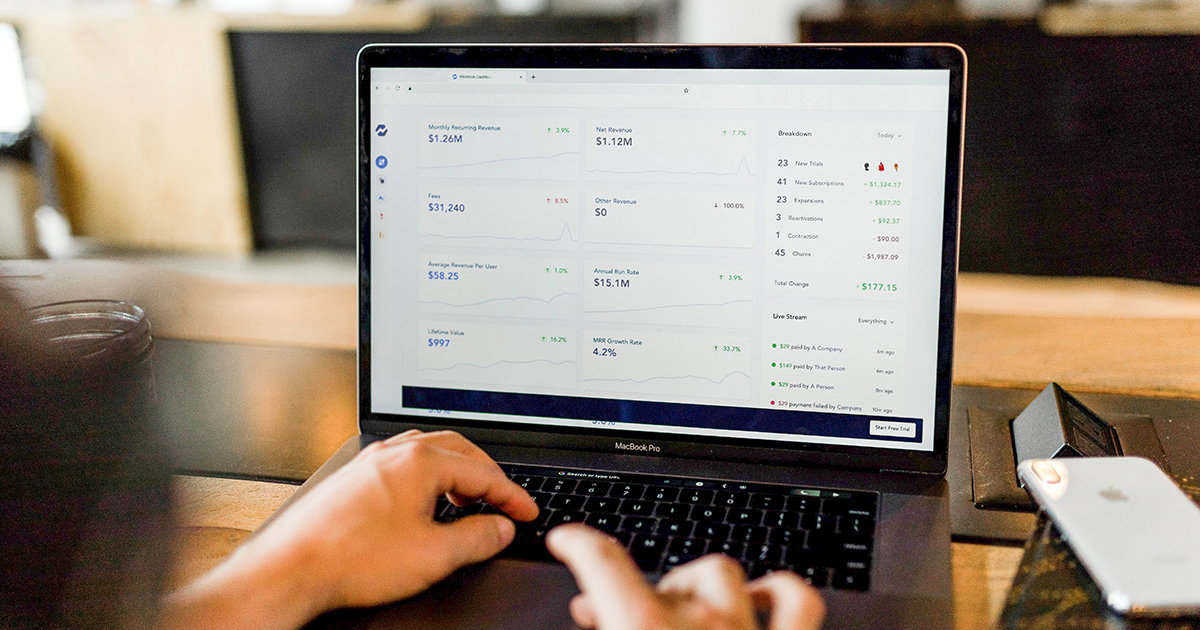Bank reconciliation is a process that may be familiar to many but raises many questions, such as what type of reconciliation to do or what is the importance of doing it correctly.
What is bank reconciliation
The main objective of bank reconciliation is to have all bank movements under control, comparing them with the income and expense invoices that the company has registered to confirm that they match.
With this process, the accounting records of the company and the movements of its bank account are contrasted to detect and correct any errors that may exist.
A reconciliation associates an issued or received invoice with a bank transaction. In this way it is controlled that the collections and payments made are correct.
Importance of bank reconciliation
Carrying out the bank reconciliation correctly is very important in the finances of an organization since it allows correcting errors, checking all movements, calculating the performance of the company and avoiding or reducing losses.
Correct errors
With bank reconciliation, errors are significantly reduced, trying to avoid paying undue expenses or not receiving the correct amount in collections. This is essential for the operation and profitability of the company.
The correction of this type of error can be carried out by making a correct bank reconciliation.
Check movements
With bank reconciliation, each transaction carried out by the company can be checked to detect errors or omissions in the invoices. If we cannot associate a bank movement with an invoice, we will know that said document is missing or that the charge is not correct.
Calculate performance
The performance of a company is its raison d’être since all of them seek to obtain benefits.
Overview of the economic and accounting situation of an organization is obtained. In this way, income and expenses, profits or losses and other relevant economic information are known to calculate the performance of the company. This will also help decision-making.
Avoid losses
By exhaustively controlling income and expenses, losses derived from malfunctions of the systems used can be prevented, which must be reviewed and modified or replaced as soon as possible to avoid losses and have a good control of expenses.
How to do the bank reconciliation correctly
We have already seen the importance of bank reconciliation and its benefits, but to obtain them it is important to do it correctly.
What is needed to do the bank reconciliation
To carry out the reconciliation, it is necessary to have the updated company accounting and have all the documentation that can serve as support for the process:
- Bank statements. Access to online banking can also be useful to access movements.
- Documentation related to bank movements. Some very common examples are invoices issued and received, checks, tickets or cash withdrawals.
- Last reconciled movements. With this you can check the balances and possible pending adjustments.
Bank Reconciliation Types
Although traditionally the bank reconciliation has been done with paper and pen, marking each entry in the bank account that was correct, currently there is the option of doing it automatically, with the help of an ERP.
Manual bank reconciliation
This type of traditional reconciliation is carried out with a printed document or with the help of an excel. Banking and billing movements are recorded in them, comparing them and checking if they match.
The first step to carry out the reconciliation is to check the final balance from the last time it was reconciled and the initial balance in the bank to verify that they match and there are no differences. If there is an error, you will have to tap the operations again to correct it.
the operations of the period to be reconciled begin to be checked one by one, associating each movement with an invoice issued or received. It is common for there to be imbalances due to lack of invoices from some suppliers or an error in the payment of a client.
Automatic bank reconciliation
Automatic bank reconciliation is gaining ground over manual due to its great advantages.
By using specialized accounting software, the reconciliation process can be done automatically.
This type of process is the one that is carried out when external companies are in charge of carrying it out, although it is also very common to install ERP’s in companies to reconcile bank movements automatically internally in the organization.
With this type of reconciliation, processes are automated and time is saved, while errors are considerably reduced.
When is the bank reconciliation done?
There is no perfect time to carry out this process. However, the usual thing is to do it once a month, although it can be done less often.
The most advisable thing is to control the accounts daily to detect possible errors as soon as possible and to have knowledge of the economic and financial situation of the company.
Bank reconciliation is a process that aims to control all bank movements, associating them with an invoice issued or received. It is very important because it allows you to correct errors, calculate performance and avoid losses. It can be done manually or automatically and it is recommended to do it at least once a month.
Further information
This article is part of our service Business consulting. Visit this section where you will find all the useful information on this topic, including a complete guide on How to start a business in Spain as a foreigner.
Solve your doubts
✅ Our staff speaks perfectly Spanish, Valencian, English and German with what will be able to communicate with us in your own language and thus clearly resolve your queries.
📍 Denia – Plaza del Convento, 6 – Mezzanine floor door B
📍 Valencia – Calle Creu Roja, 1 – Block 6, Floor 1, door 10 (* only by appointment)
✉📞 Contact: info@firmalex.com – Tel. +34 966 421 416 – Whatsapp +34 622 497 615



